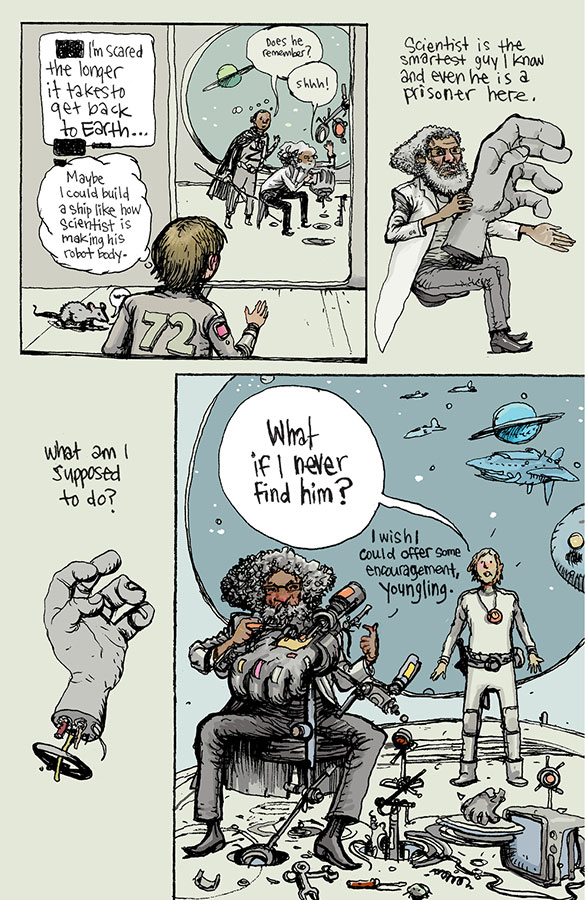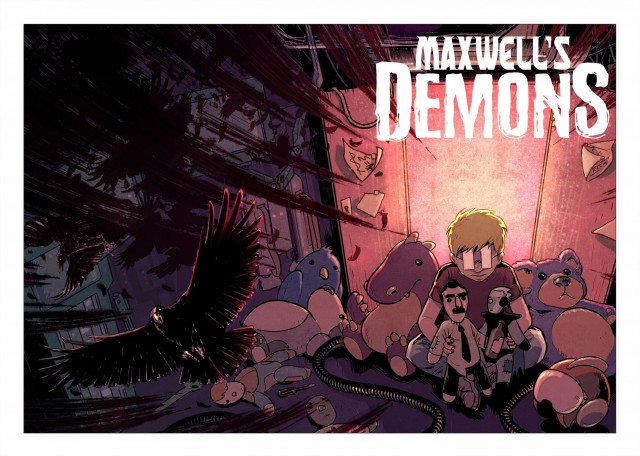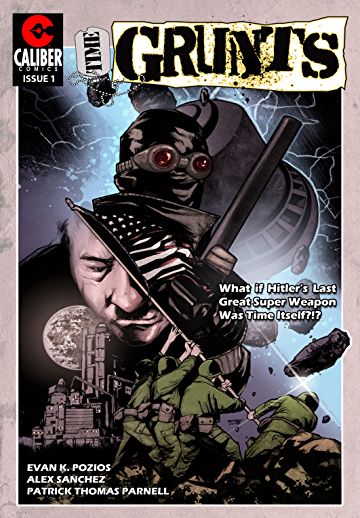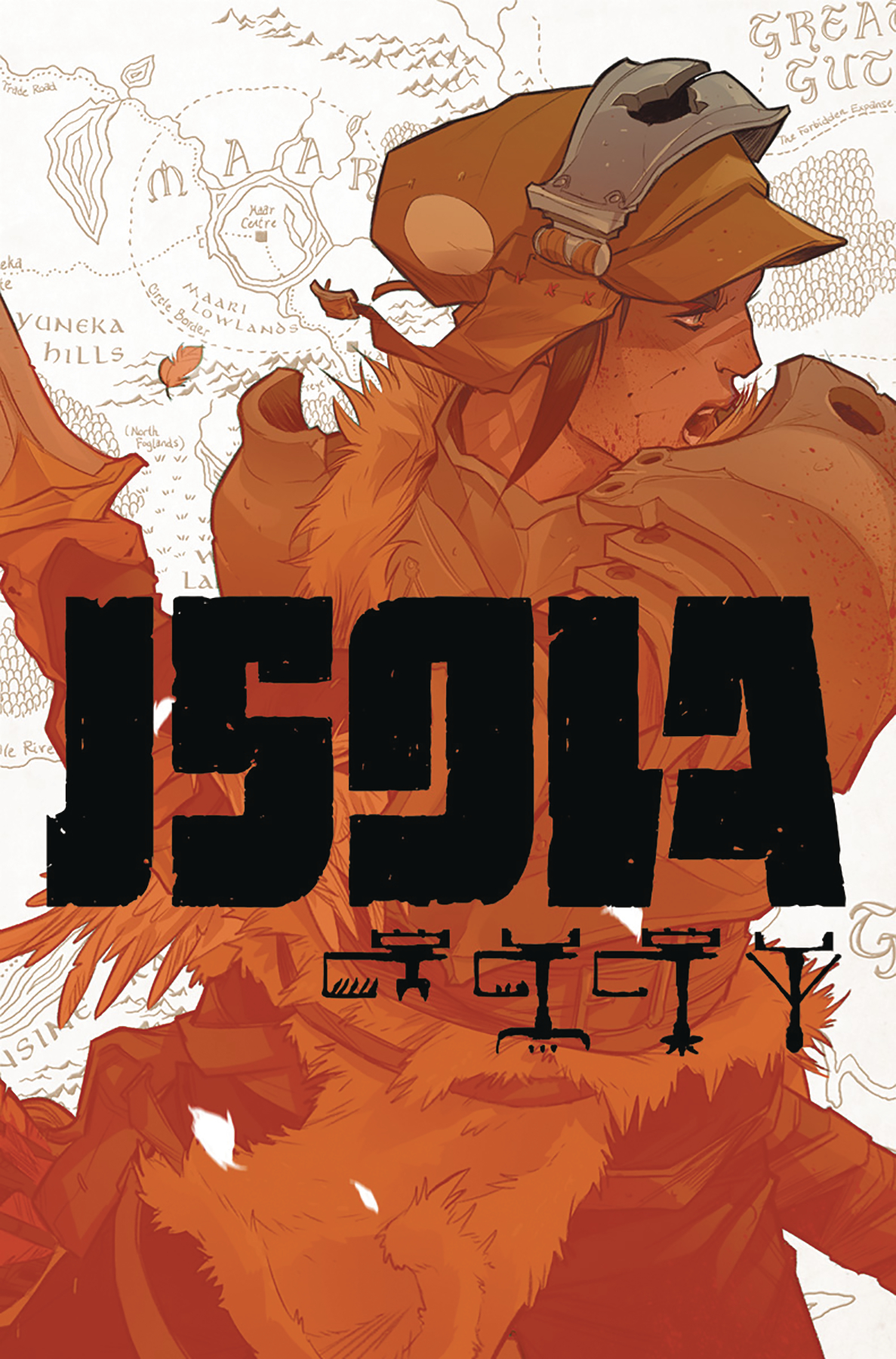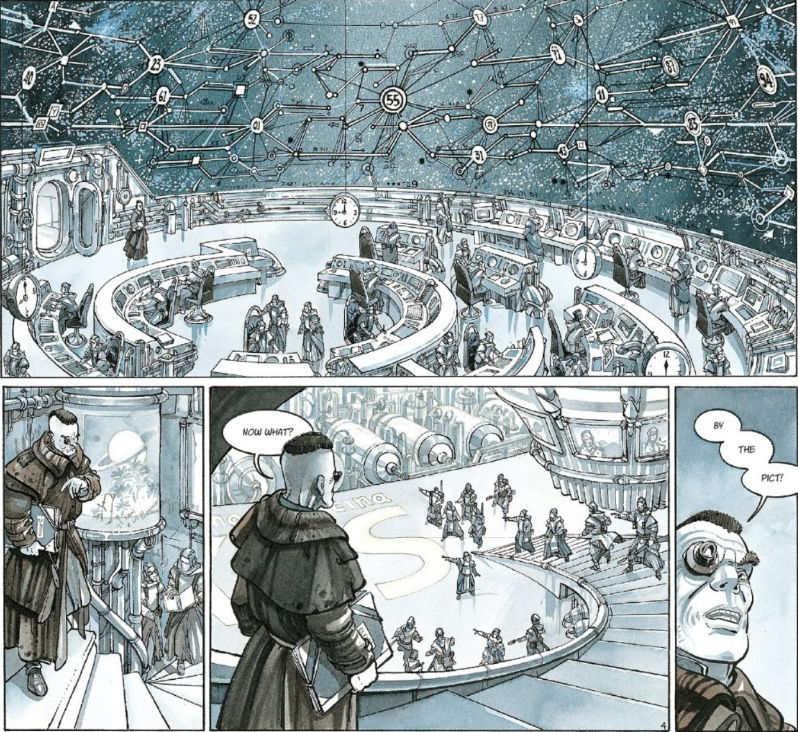Welcome to our monthly indie comics roundup, wherein I read and discuss books from creators I’ve never read before. In February, I was again surprised by the high quality of the stories I found, much like last month. In fact, I even took to Twitter to fawn over the amount of good work available in the industry today!
Seriously though, there is just so much worth reading. Maybe too much, judging by my massive unread pile and shrinking comics budget. I’ve had this conversation a lot, but there are basically awesome books in all genres. There are even emerging genres within genres, specifically within superhero books, where you can now find straight-up comedy, satire, slice-of-life stories, hard sci-fi, horror, and the list goes on.
I’ve said this before, but if you think modern comics are lagging, just head to your LCS and find a handful of unfamiliar books. Chances are good you’ll find a gem, I know I did with these.
Common Theme
I choose these books essentially at random, with no deliberate effort into finding a connection. So it came as a surprise when a common theme emerged here. All three books were concerned with violence, raising questions like how necessary is violence, what price do we pay for violence, is violence passed down, is violence a necessary threat if we are to enjoy peace?
Like my favorite fiction, these books don’t offer answers to all (or any) of those questions. They simply illustrate them in ways that force readers to consider violence from new perspectives. What readers take away is entirely on them.
Eternal by Ryan Lindsay and Eric Zawadzki
I could say this was the most beautiful book I read this week (month? year?) and that would be true, but it would also be reductive. Eternal is a story that writer Ryan Lindsay intended to be shorter. Yet, it grew into a graphic novel fueled by the artistic muse of Eric Zawadzki. That one or both creators was seized here by a powerful vision is evident from Eternal’s start, as the final product is one as poetic as it is grandiose.
A close-quarters viking battle opens the story and also serves as a framing device. I won’t go into plot (no spoilers) but plot is somewhat immaterial in Eternal. What the book does is create a prevailing aesthetic of wistful tragedy and uses it to inform every gorgeously-rendered panel, be it filled with intricate detail or a wide and forlorn establishing shot.
Eternal plays with the relationship between safety and violence, asking about the necessity of becoming proficient enough with killing that the threat of yourself guarantees safety for those you love, and then asking if this must come at a high price.
Zawadzki’s art operates at an incredible level, making a number of visual choices that result in stunning sequences. I was specifically taken with a page wherein our protagonist decapitates a foe. Four horizontal panels show her approach, while a fifth shows her enemy’s severed head on a pike. We don’t see the separation; our minds show us that. We simply see her intent, slow and deliberate, and then its gruesome result. Powerful choices like this are made throughout, as co-writer Ryan Lindsay backs off, contributing pitch-perfect turns of phrase when needed.
Overall: Few books in February haunted me like Eternal. In an included essay, Lindsay writes, “...I am settling into the happiness of knowing that I’ll never be a part of a better Viking tale than what we have here with our shieldmaidens.” I feel the same way as a reader.
Literary Cousin: If you are taken by poetic viking tales, I urge you to seek out an excellent short story by the prose writer Wells Tower, “Everything Ravaged, Everything Burned.” Its setting is nearly identical to Eternal’s, its violence just as grotesque, and its questions similar. Tower, however, uses a matter-of-fact tone to make life around his vikings rote and mundane. It’s an interesting juxtaposition to the epic severity of Eternal.
Cold War by Christopher Sebela and Hayden Sherman
Phew, this book is intense, from its art to its central plot conceit, which kicks in at page three and then comes apart and goes in another direction at the end. This first issue is also predicated on suspense and a twist, one that is probably not what you think.
I know that’s vague, but it’s hard to get into specifics when so much of Cold War is a bait and switch, both for readers and for most characters on the page. It’s the type of first issue that will be heavily dependent on what comes next for exposition. Think Kill Bill Vol. 1 versus Kill Bill Vol. 2. Similarly, Cold War is an intriguing read that moves fast and leaves readers wanting more.
It’s an interesting companion piece to Eternal, and I was grateful to read them back to back, because the theme here is the nature and necessity of violence as well. However, where Eternal took a mournful and distant approach rooted more in imagery than plot, Cold War goes the other way. Its aesthetic is jagged, futuristic, ill-defined; its plot is one that asks how tough are you and what would you do in this situation?
Overall: So much remains unanswered after one issue. I enjoyed every crazy second of this wicked trip, but afterward I wondered a bit if it wasn’t glorifying parts of humanity that ought to be condemned. My inclination is no, it’s just using action to foster intense engagement, but it’s difficult to say for sure. Either way, I’m on board for the next issue.
White Ash by Charlie Stickney and Conor Hughes
Writer Charlie Stickney reached out via Twitter, pitching his book for review as Lord of the Rings meets Romeo and Juliet, but set in modern day rural Pennsylvania. That’s a lot of narrative heft atop an area of the country that went from compartmentalized to consequential during the 2016 presidential election—I was intrigued. And I really enjoyed the first two issues Charlie sent my way.
The concept is engaging enough, borrowing tropes from the aforementioned properties without ever feeling familiar or tired, and the setting does some real heavy lifting here, both in terms of Stickney’s script and Hughes’ artwork. A blue collar gothic aesthetic takes hold under a prevailing umbrella of fantasy, creating fertile grounds for White Ash to play with ideas around socio economic divides.
Of the three books I read this week, White Ash is perhaps least concerned with violence, which is fine, because it’s not that type of book. This is an adventure story, pure and simple, one where anachronistic dialogue bits like “bees knees” or “killer diller” float into scenes unnoticed because why not?
Overall: Stickney does what any unheralded creator must, quickly showing himself capable of creating an engaging story structure and an interesting plot. He’s got a concept here that can be easily bundled into a summary line to grab new readers, and he delivers twists and turns within that concept that keep the proceedings moving. I’d like to see a deeper exploration of some of our characters moving forward, and if White Ash has a chance to continue, I’m sure we’ll get it.
Zack Quaintance is a career journalist who also writes fiction and makes comics. Find him on Twitter at @zackquaintance. He lives in Sacramento, California.


